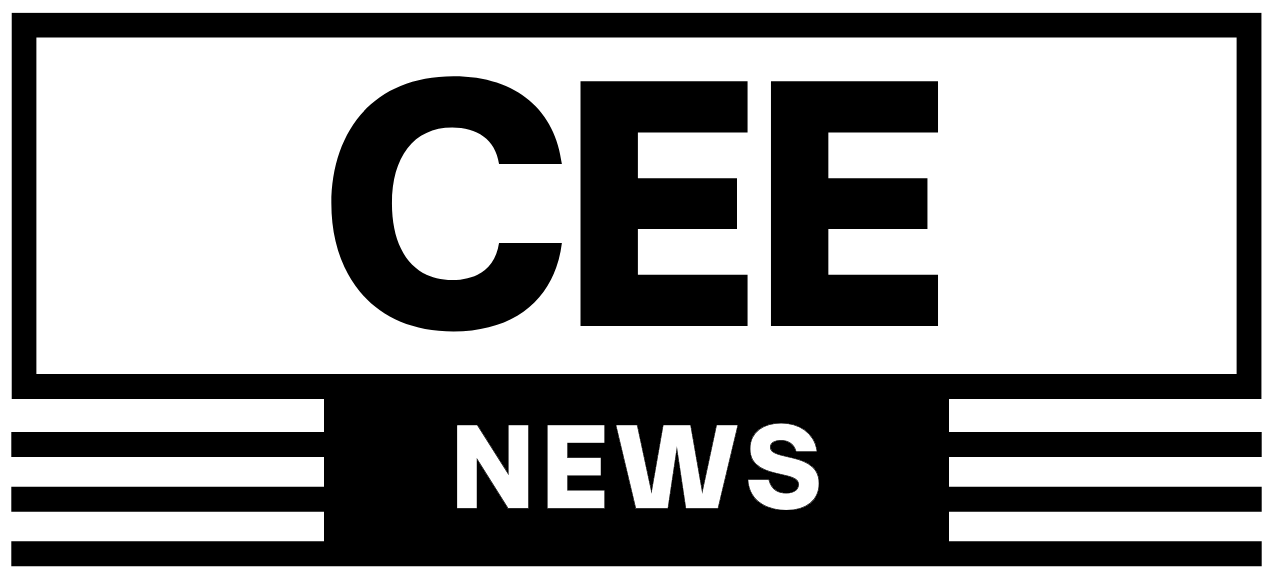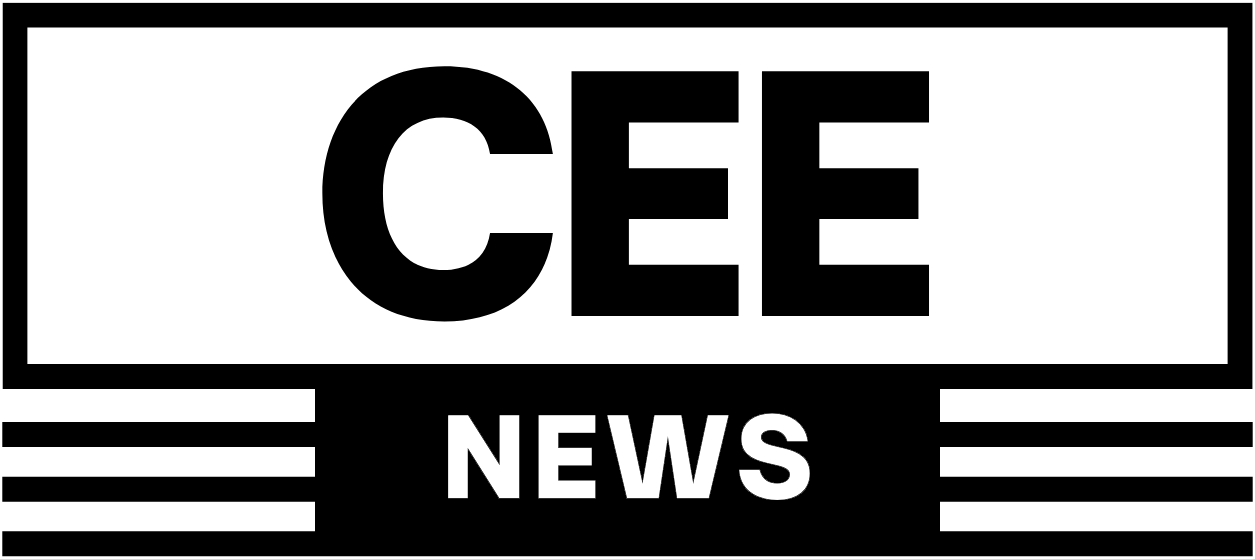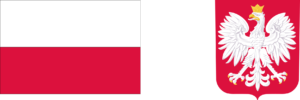European leaders convened at the Élysée Palace on Thursday for the opening session of the so-called “coalition of the willing,” a group of roughly three dozen countries preparing security guarantees for Ukraine should a ceasefire with Russia take hold. Poland’s Prime Minister Donald Tusk joined Ukrainian President Volodymyr Zelenskyy and top EU officials in Paris, while several heads of government and foreign ministers connected via video, reflecting the hybrid format of the talks. NATO Secretary-General Mark Rutte was among those participating remotely. The meeting, co-driven by France and the United Kingdom, comes after weeks of technical planning since mid-August and is intended to elevate that work to political sign-off. European capitals say the package would center on long-term backing for Ukraine’s armed forces and, if conditions allow, a European reassurance presence positioned away from the front, complemented by air surveillance and naval demining.
The subtext in Paris is a transatlantic one. European officials argue they are ready to assume significant commitments, but want Washington to provide a “backstop” that would anchor the credibility of any guarantees. An Élysée readout and allied diplomats say leaders plan to brief U.S. President Donald Trump by phone later in the day, with his special envoy Steve Witkoff holding meetings on the sidelines in Paris. While U.S. participation in any on-the-ground mission is not on the table, European governments hope for U.S. intelligence, air and command support to stabilize a post-ceasefire environment. France and the U.K. are pushing hardest for a robust European role; Germany and Italy remain more cautious, and several states emphasize that any presence inside Ukraine would hinge on a signed peace arrangement.
For Warsaw, the message is calibrated. Tusk’s presence underlines Poland’s central role in sustaining Ukraine, but the government has reiterated it will not send Polish troops into Ukraine, focusing instead on logistics, basing and access to airfields that would enable allied operations. That stance mirrors broader concerns along NATO’s eastern flank about stretching forces already tasked with deterrence on the Alliance’s borders. Even so, Polish officials say the coalition format can lock in practical support if the war pauses, while keeping the emphasis on building Ukraine’s capacity to defend itself.
Organizers say the Paris session is designed to send a clear signal of European readiness while the details of U.S. backing are clarified. After months of staff-level work by military chiefs, leaders are reviewing a toolbox that ranges from structured training pipelines and predictable funding to air policing and maritime safety in the Black Sea. Moscow has warned against any foreign deployment on Ukrainian territory, and allied governments acknowledge that the concept will only move from paper to practice if a ceasefire is not merely declared but seen as durable. Until then, the coalition’s immediate focus remains sustaining Ukraine’s defenses through the winter, maintaining sanctions pressure, and coordinating replenishment of Europe’s own stocks so that support can be “long-lasting,” as Rutte put it.
Whether Thursday’s choreography becomes a binding framework will depend on the interplay of three clocks: battlefield realities, domestic politics on both sides of the Atlantic, and the coalition’s capacity to translate pledges into contracts and deployments. European leaders insist the point of the exercise is to make any eventual peace enforceable rather than aspirational. The test, beginning in Paris, is whether that assurance can be built credibly now, before the terms of a ceasefire are on the table.






